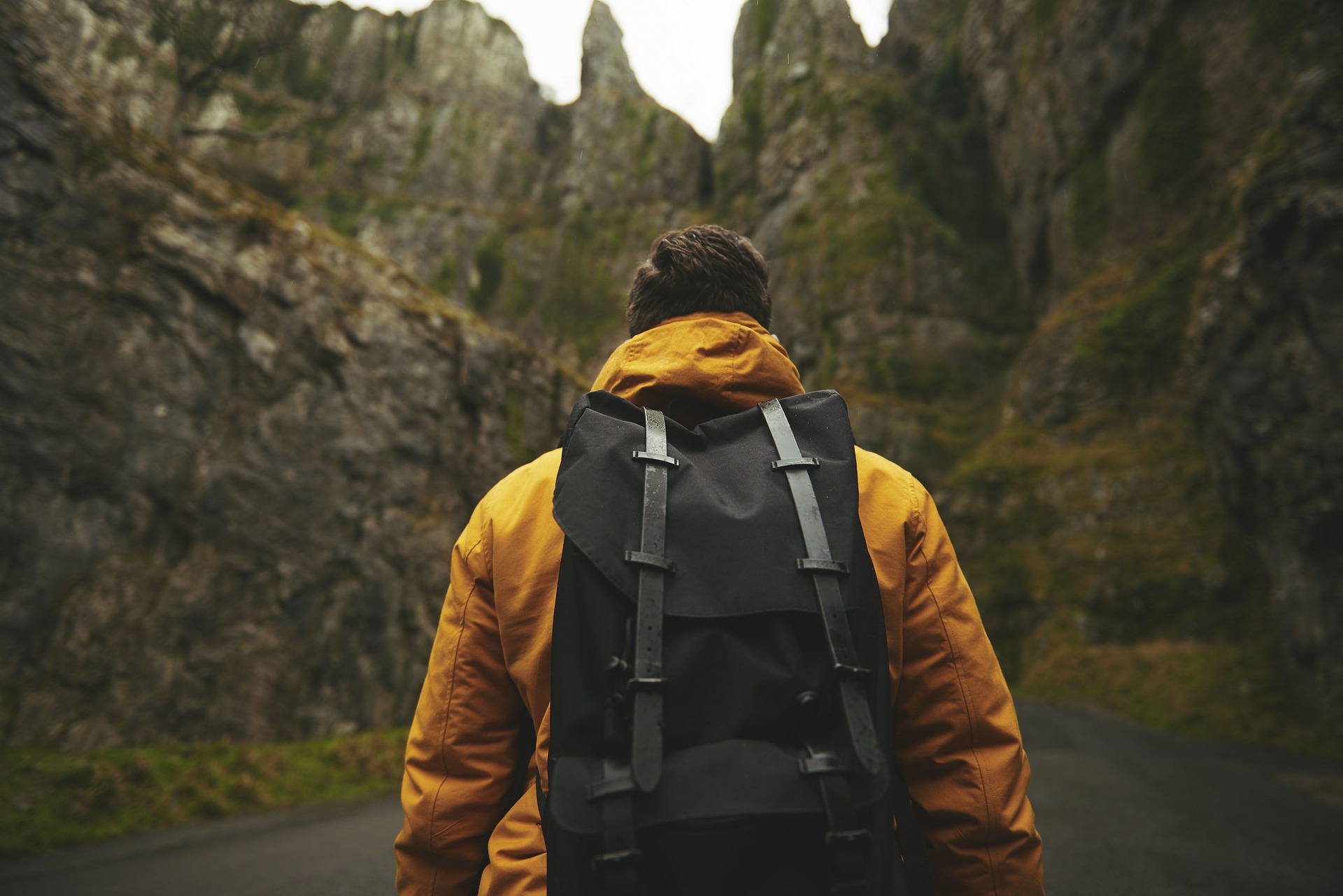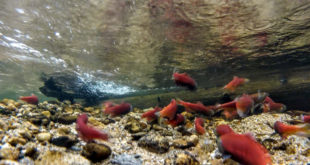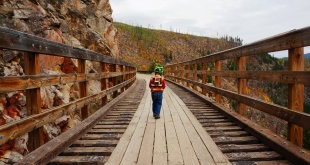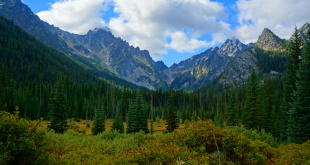After my own summit attempt at Illimani in Bolivia, the subject of mountaineering training has weighed heavily on my mind. When Maria emailed me offering the results of her research on the subject I couldn’t say no! So, here it goes! Thanks Maria! – Paul
What you need to know before climbing Mount Rainier – by Maria Rainier
Thousands of tourists flock to Washington each year in the hopes of climbing Mount Rainier, which at 14,410 feet is one of the largest mountainous climbs in the United States…but also one of the most challenging as well. But what some people fail to realize is that climbing the mountain is actually not as easy as it looks, and can actually be quiet a dangerous trek if you don’t know what you’re doing.
In fact, I’ve heard more about this lately than I care to mention, as one of my best friends is planning such a trek – much to the horror of his girlfriend, who thinks he is ill-prepared to take such a journey! Is he? Time will tell – and let’s not forget the highly probable chance that he will simply lose enthusiasm as he starts to realize what he’s in for. While it’s not a piece of cake, the truth is that anyone with a commitment to get in shape and prepare make a good candidate for climbing Mount Rainier.
If you’re hoping to climb Mount Rainier in the near future, here are various ways you can prepare for the climb.
Do your research
One thing you should prepare for before you start your climb is research the weather conditions as well as the various routes and trails on the mountain.
Although the typical climbing season is between April and September, the best weather conditions usually occur after the first week of July. However, keep in mind that during this time the crevasses tend to open up and the snow bridges become weaker. Not only that, some of the routes on the mountain are only safe earlier in the season because there tends to be much more problem concerning rock fall due to the ice melting as well.
Training
If you feel uncomfortable or not properly trained to climb the mountain, then it may be a good idea to hire a qualified instructor. If you do plan on climbing without an instructor, however, be sure to start your climb as early as 3 a.m. (some camping parties leave as early as midnight).
Your first step is to talk to your doctor to make sure you are in well enough shape to climb the mountain, and then start searching around for the advice of a physical trainer or fitness expert who can advise you of a proper training program before your trip. The best program should focus on cardiovascular fitness and motor fitness, specifically strength, endurance and balance.
If you plan on training on your own, then be sure to spend a lot of time on cardiovascular fitness as it will help your body’s ability to both take in and use oxygen, which is incredibly important if you plan on climbing into higher altitudes.
Aerobics is also a great way to condition your heart muscle while improving your muscle fitness at the same time. There are a variety of different aerobics exercises you can try to help with your training, such as:
• Climbing/descending hills, stairs and stadium bleachers
• Skiing
• Snowboarding
• Running
• Cycling
• Circuit weight training
• Boxing and martial arts
• Swimming
• Aerobics classes
Experts recommend that you train for a minimum of six months prior to your climb, and to try to use a variety of different exercises, activities and locations during your training as well.
 The Outdoor Adventure Giving you tips, tricks & recommendations to help make adventuring in the Outdoors fun, safe & exciting for you and your kids.
The Outdoor Adventure Giving you tips, tricks & recommendations to help make adventuring in the Outdoors fun, safe & exciting for you and your kids.





